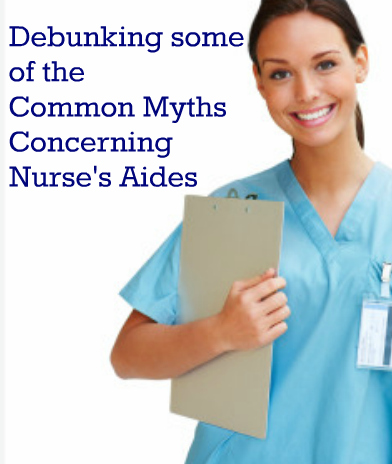People often think the terms Alzheimer’s and dementia are interchangeable, but there is an important distinction. When it comes to understanding dementia, it helps to think of the word as an umbrella term.
What Is Dementia?
The Alzheimer’s Association defines dementia as “a general term for a decline in mental ability severe enough to interfere with daily life.” Alzheimer’s disease is the most prevalent form, accounting for 60-80% of cases, but other common types of dementia include:
- Vascular dementia
- Dementia with Lewy Bodies
- Frontotemporal dementia
- Dementia related to Parkinson’s disease
- Mixed dementia
Although the forms of dementia we hear about most often are incurable, it is critical to get an accurate diagnosis. Treatable issues such as a vitamin B deficiency, urinary tract infection, severe dehydration, depression, or reaction to anesthesia or other medications can cause reversible dementia.
Alzheimer’s: 10 Signs
According to the Alzheimer’s Association, the 10 most common signs and symptoms are:
- Memory loss that disrupts daily life
- Challenges in planning or problem solving
- Difficulty completing familiar tasks
- Confusion with time or place
- Trouble understanding visual images or spacial relationships
- New problems with words (spoken or written)
- Misplacing things and lacking the ability to retrace steps
- Decreased or poor judgment
- Withdrawal from social or work-related activities
- Changes in mood or personality
A Problem of Epic Proportions
There are an estimated 5.3 million Americans living with Alzheimer’s disease today. Two-thirds of them are women, and at least 200,000 are individuals under the age of 65. The cost of care is astronomical. In 2015, the U.S. will spend $226 billion to care for Alzheimer’s patients, and if we remain on this trajectory, that number could be as high as $1.1 trillion by 2050.
While the cost of care continues to skyrocket, as a nation we are only spending about one-fourth of one percent of that number on research. Alzheimer’s is the sixth leading cause of death in the U.S. and the only one in the top 10 that cannot be prevented, cured, or even slowed. This year alone, 700,000 people will die with Alzheimer’s disease.
Impact on Caregivers
Across the U.S., there are 15.5 million Alzheimer’s family caregivers. As the disease progresses, patients require 24×7 care, which means caregivers lack the time and energy to take care of their own needs. Because of this, they are at high risk for depression and other chronic illness.
Over 450,000 Floridians are living with Alzheimer’s or a related dementia, and the strain on our caregivers is inconceivable. At Best Care, our experience will help you understand dementia, and our caring, skilled staff can ease your caregiving load. For more information please contact us. We look forward to hearing from you!



